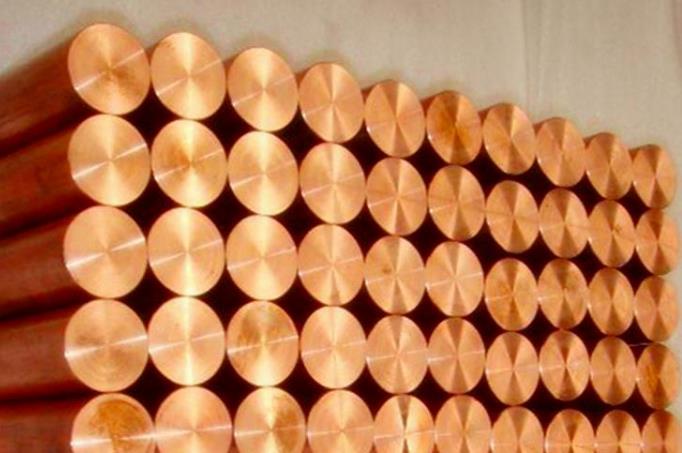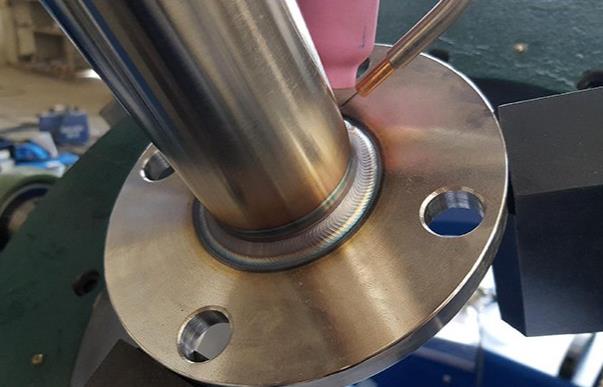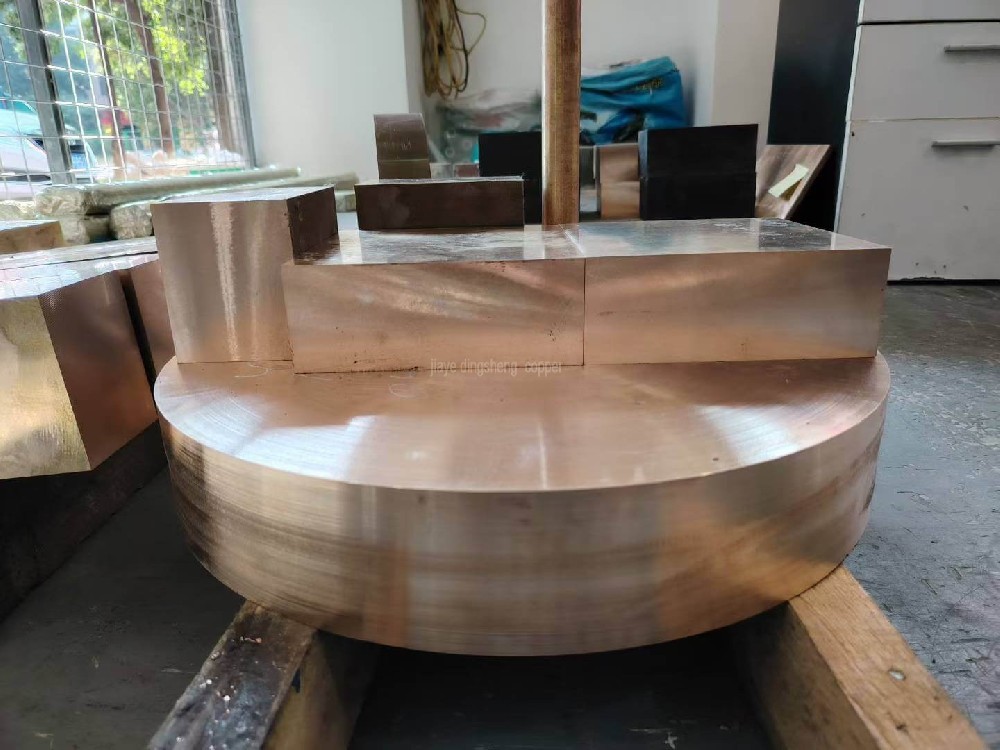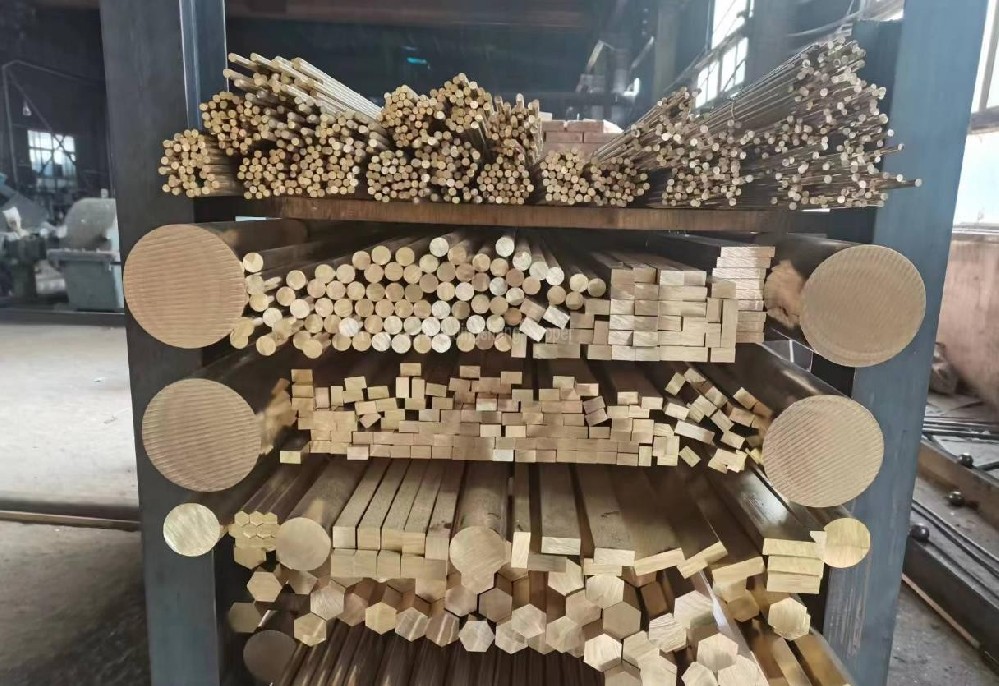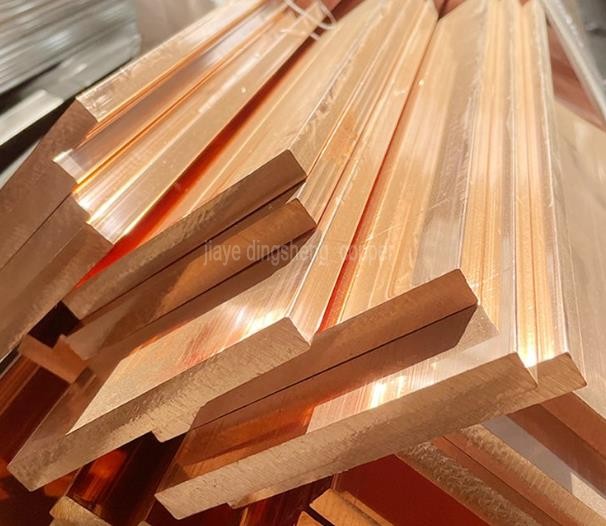The differences between phosphor bronze and beryllium bronze
Component Differences
Phosphor Bronze
Phosphor bronze generally refers to a type of brass containing 3% to 10% phosphorus. It is a high-strength, high-toughness, and highly wear-resistant alloy material. The main components of phosphor bronze are copper and phosphorus, with very little content of other impurity elements.
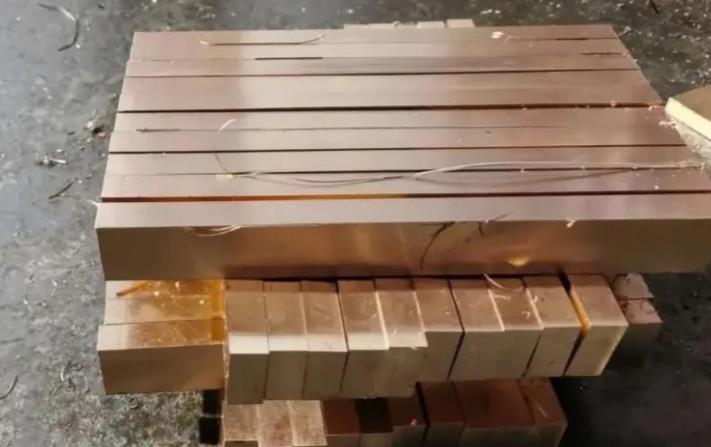
Beryllium Bronze
Beryllium bronze is a copper alloy containing 0.5% to 3% beryllium. Its main components are copper, beryllium, and a small amount of other elements. Due to its excellent mechanical properties and corrosion resistance, beryllium bronze is widely used in aerospace, electronic and electrical equipment, and precision instruments and other fields.
Performance Differences
1. Phosphor Bronze
Phosphor bronze possesses excellent properties such as high strength, high toughness, high wear resistance, high corrosion resistance, and high machinability. After heat treatment, the strength and toughness of phosphor bronze will further increase.
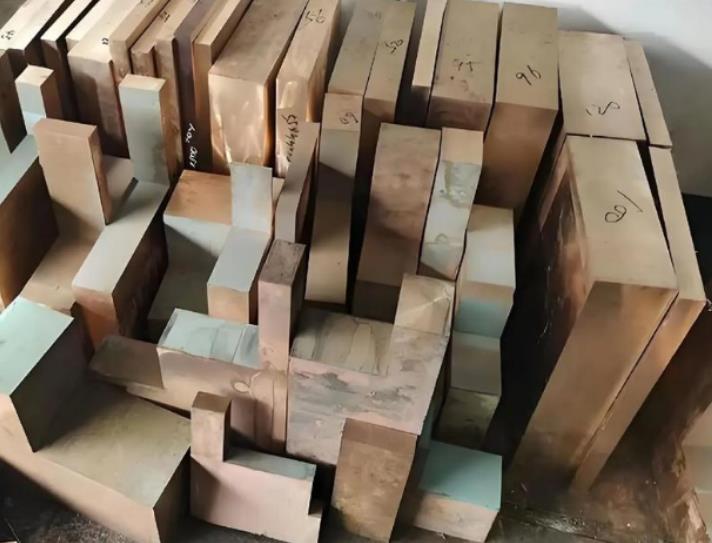
2. Beryllium Bronze
Beryllium bronze features high hardness, high corrosion resistance, high wear resistance, and high electrical conductivity. It also has good machinability and weldability.
Application Differences
1. Phosphor Bronze
Phosphor bronze is mainly used to manufacture high-strength, wear-resistant components for ships, automobiles, machine tools, oil extraction equipment, bearings, etc. It can also be used to make high-precision instruments and optical lenses.
2. Beryllium Bronze
Beryllium bronze is mainly used in the production of high-precision, high-strength, corrosion-resistant aerospace, electronic electrical, medical devices, precision instruments, and watches and clocks.
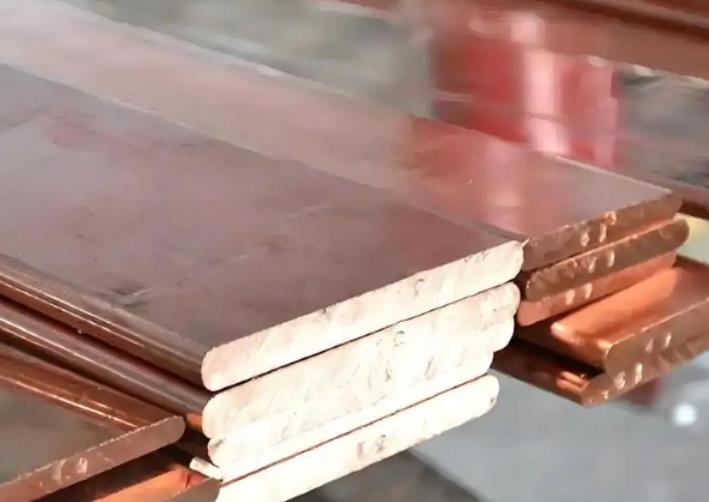
Is there a simpler way to distinguish between phosphor copper, beryllium copper and copper?
You can distinguish them by their appearance: brass is golden yellow, phosphor copper is brown, beryllium copper is bluish white, and copper with a purple tint. In terms of hardness: phosphor copper has good elasticity and higher hardness, brass has good toughness, and beryllium copper and copper have slightly poorer elasticity and toughness compared to each other.
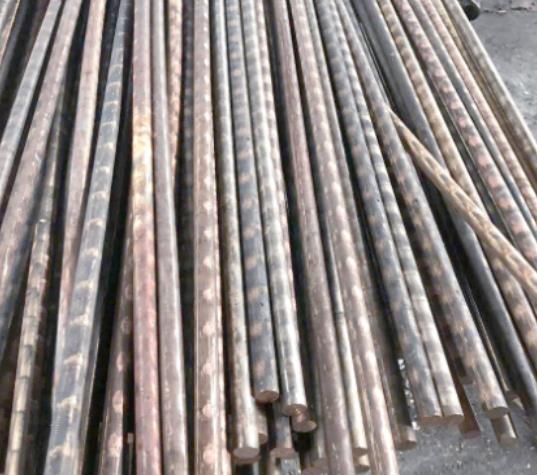
Which has higher hardness, phosphor bronze or beryllium bronze?
The hardness of beryllium bronze is higher than that of phosphor bronze.
Both phosphor bronze and beryllium bronze are copper alloys, but their hardness and properties are different. The hardness of phosphor bronze is relatively low, and it cannot be hardened through heat treatment. In contrast, beryllium bronze alloy can obtain high strength and hardness after heat treatment, with its hardness even reaching the level of 304 stainless steel, that is, above 300 Rockwell. This high hardness makes beryllium bronze suitable for manufacturing wear-resistant parts, molds, explosion-proof safety tools and other applications that require high strength and high wear resistance. Therefore, for applications that require higher hardness, beryllium bronze is a better choice.
In conclusion, although phosphor bronze and beryllium bronze both belong to the category of bronze alloy materials, they have significant differences in composition, properties, and applications. Readers should choose the appropriate bronze material based on specific application requirements and material characteristics.
# Tags:
-
The differences between phosphor bronze and beryllium bronze

